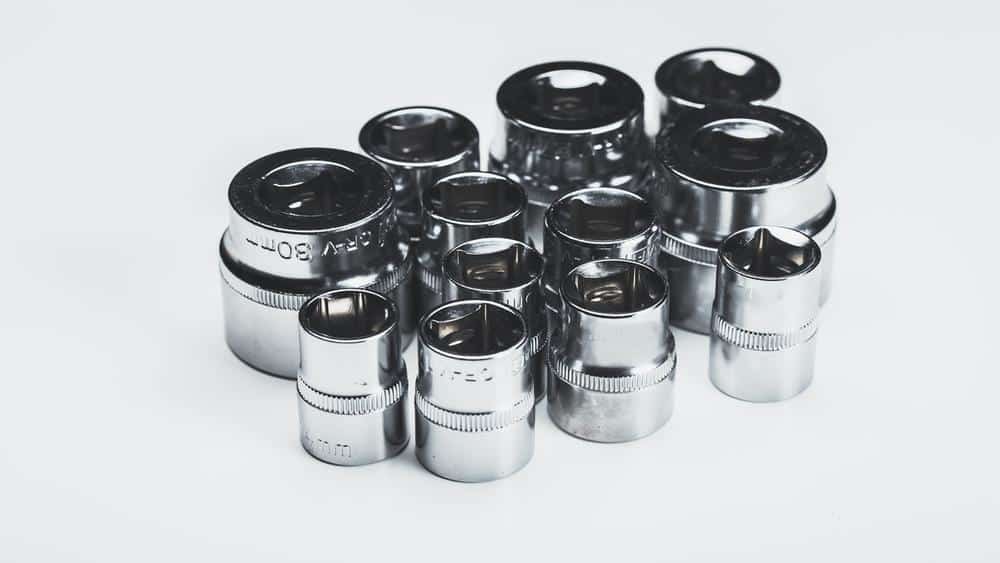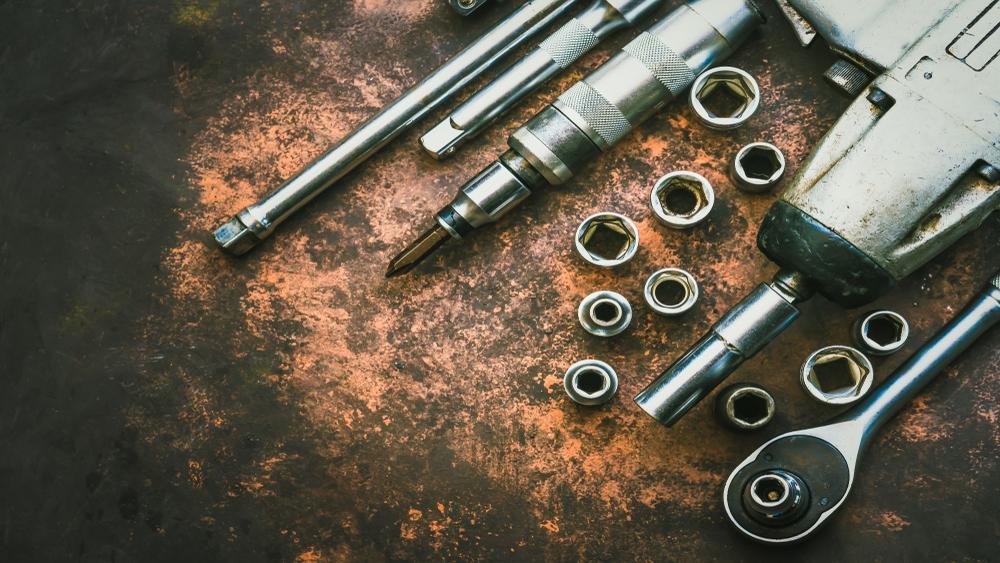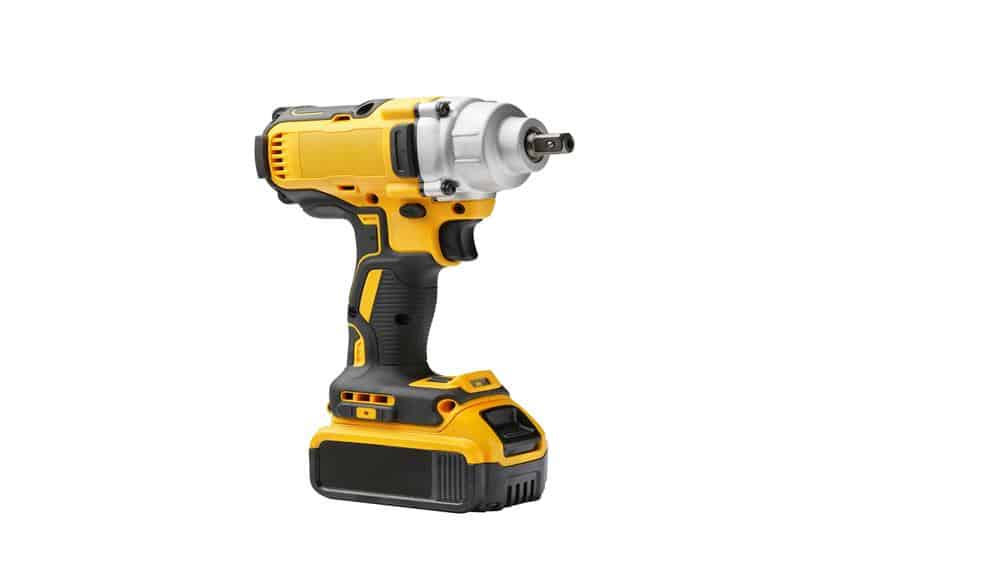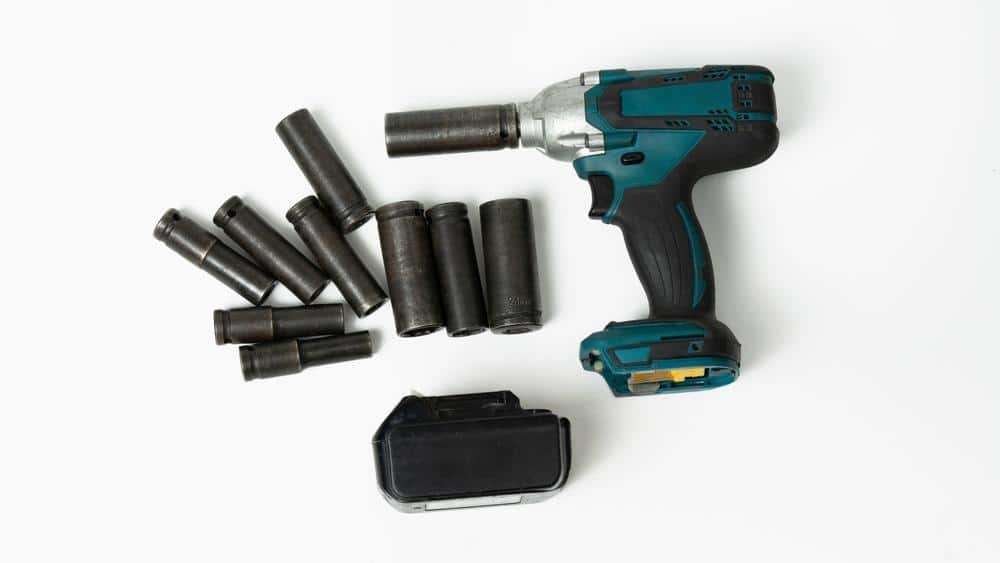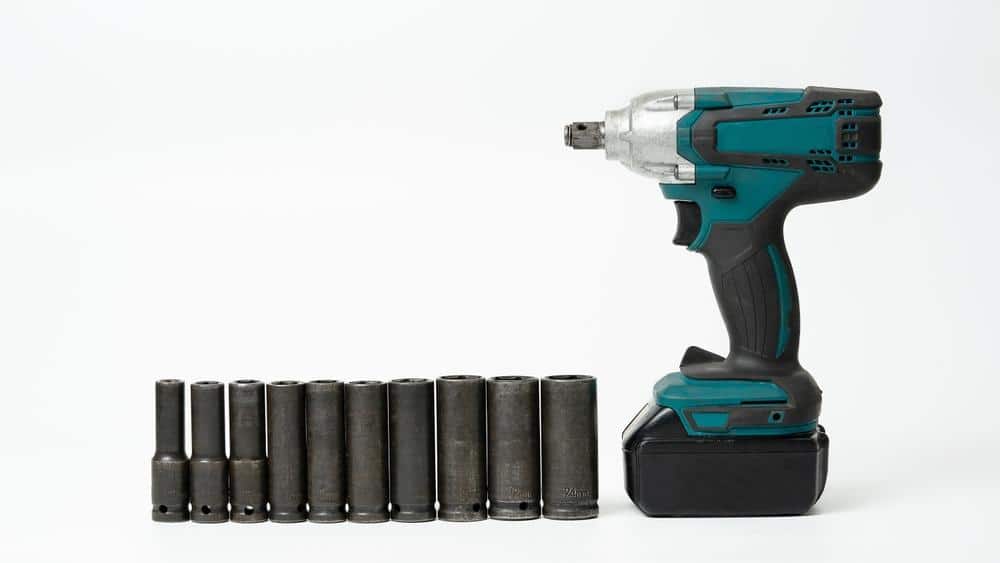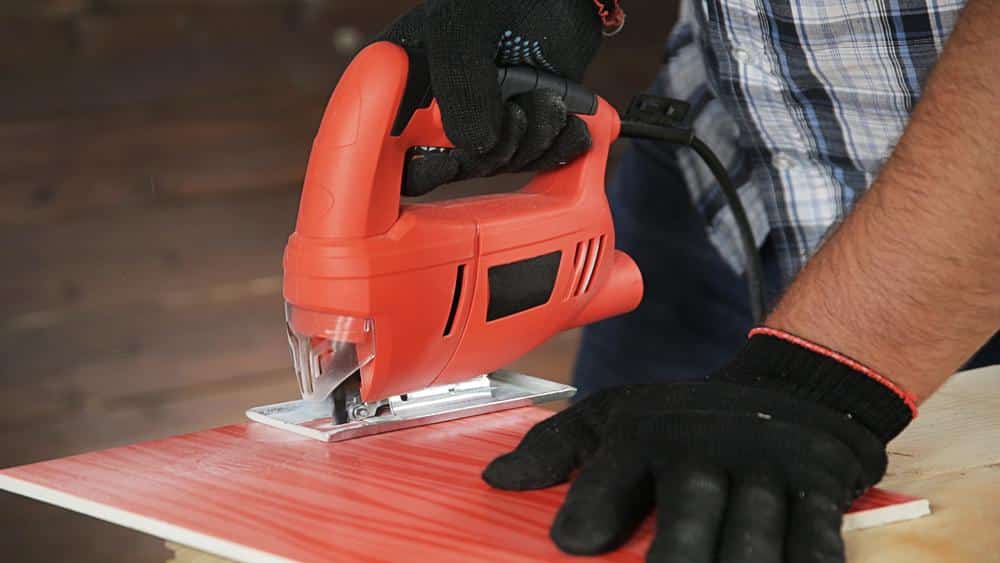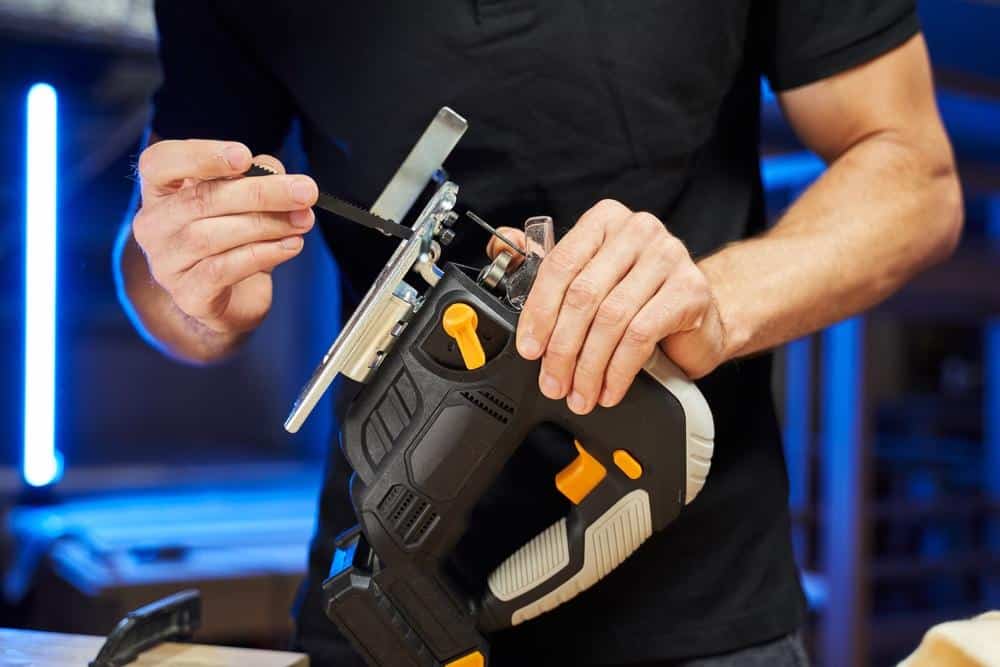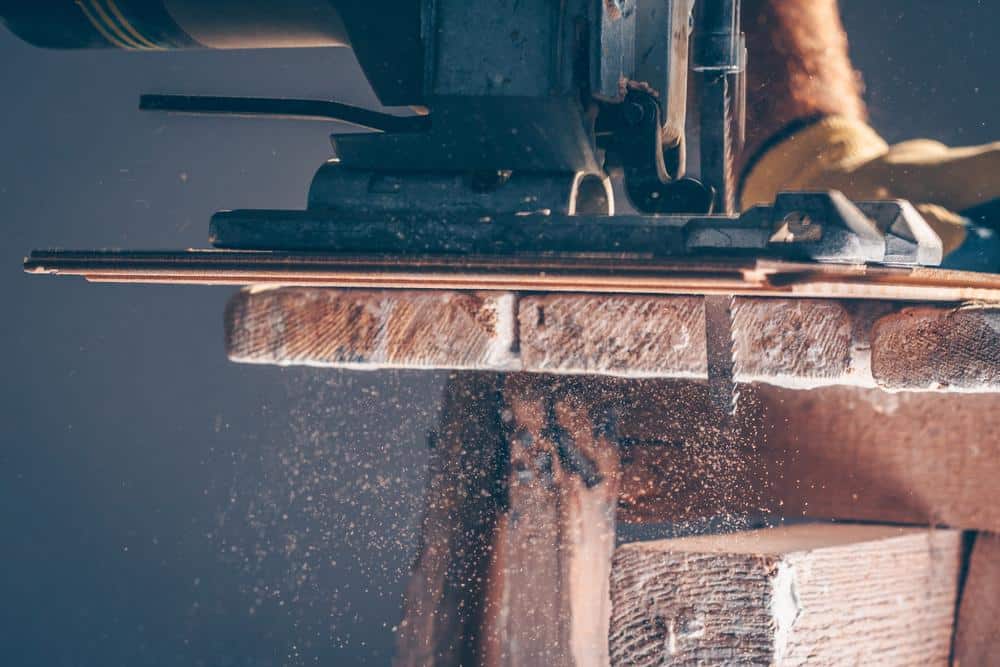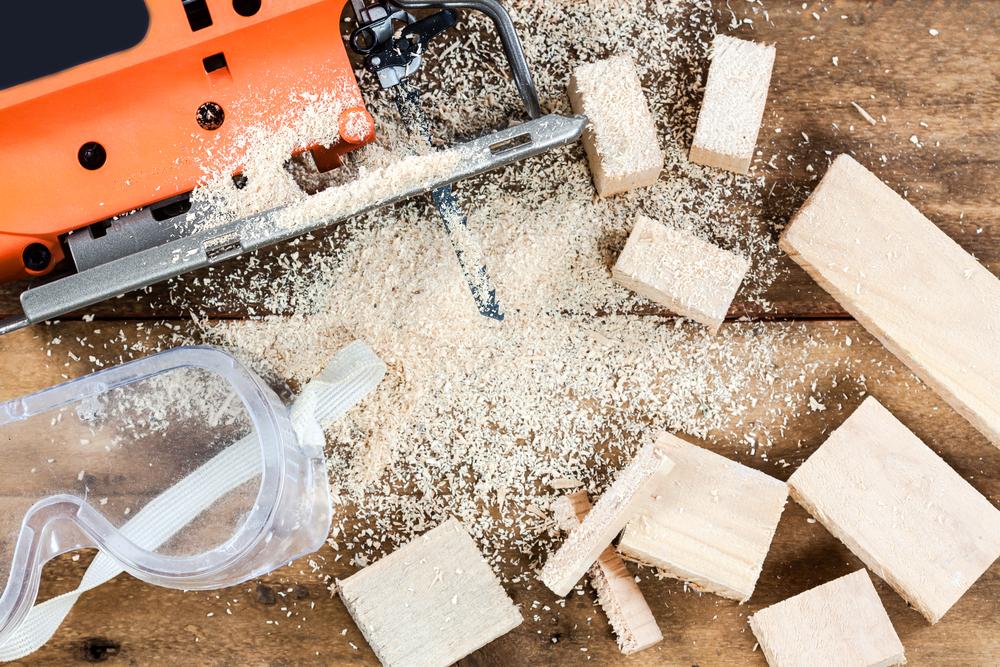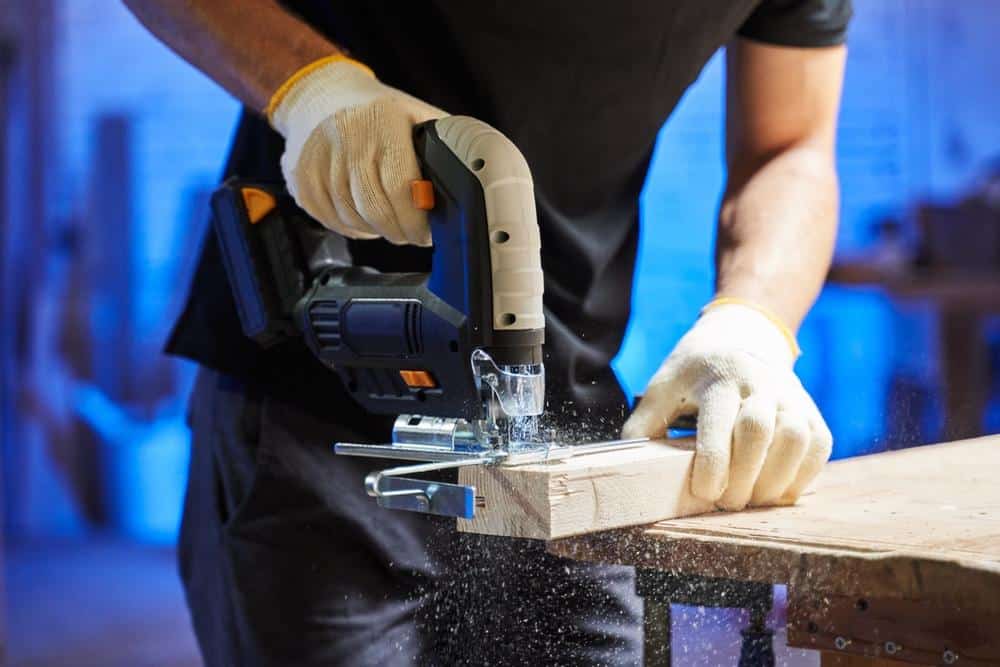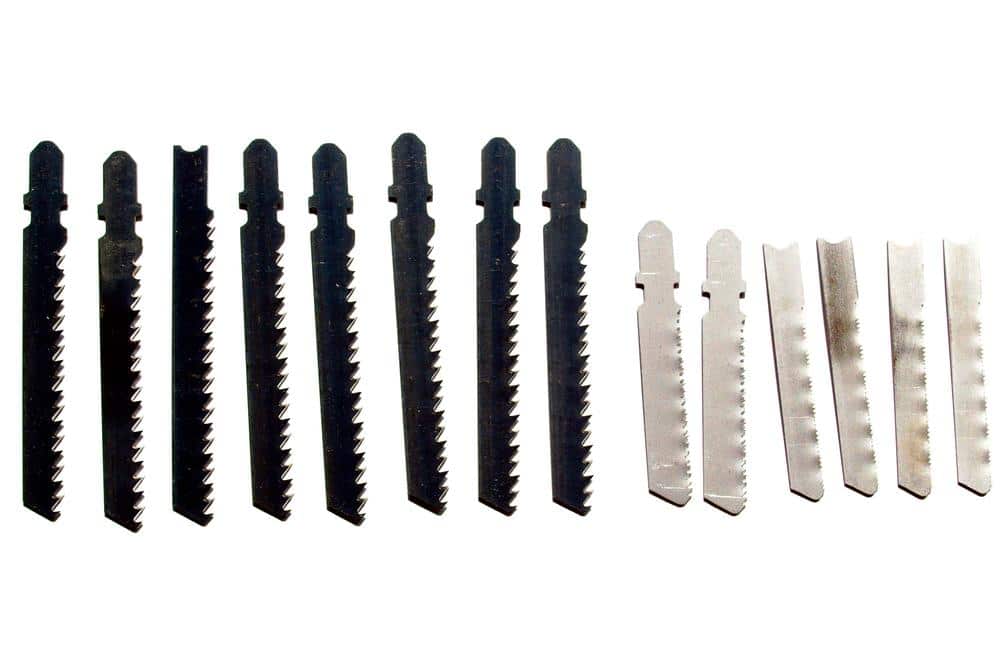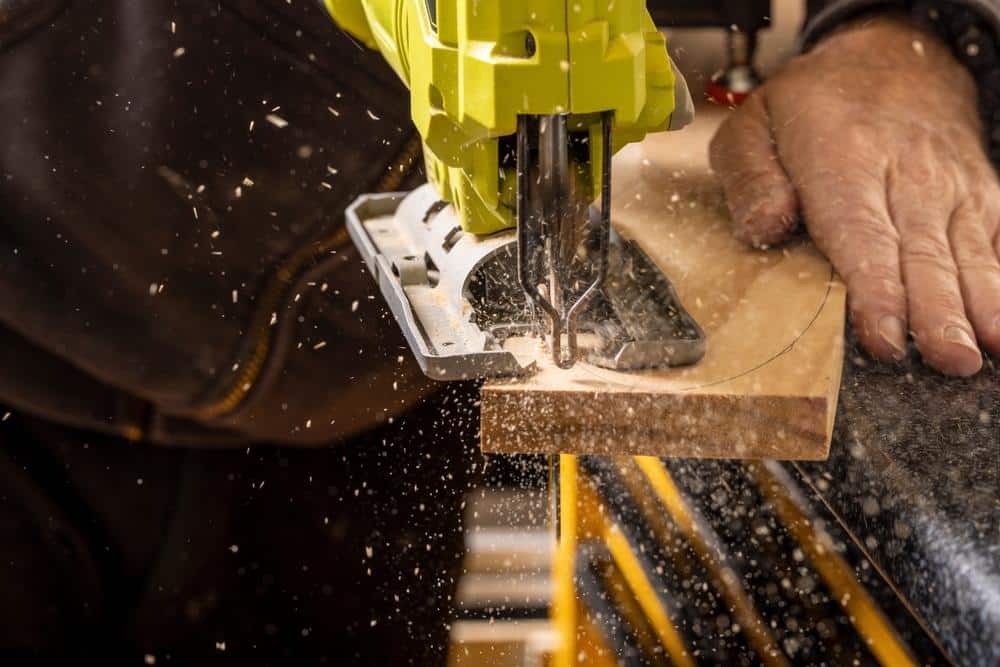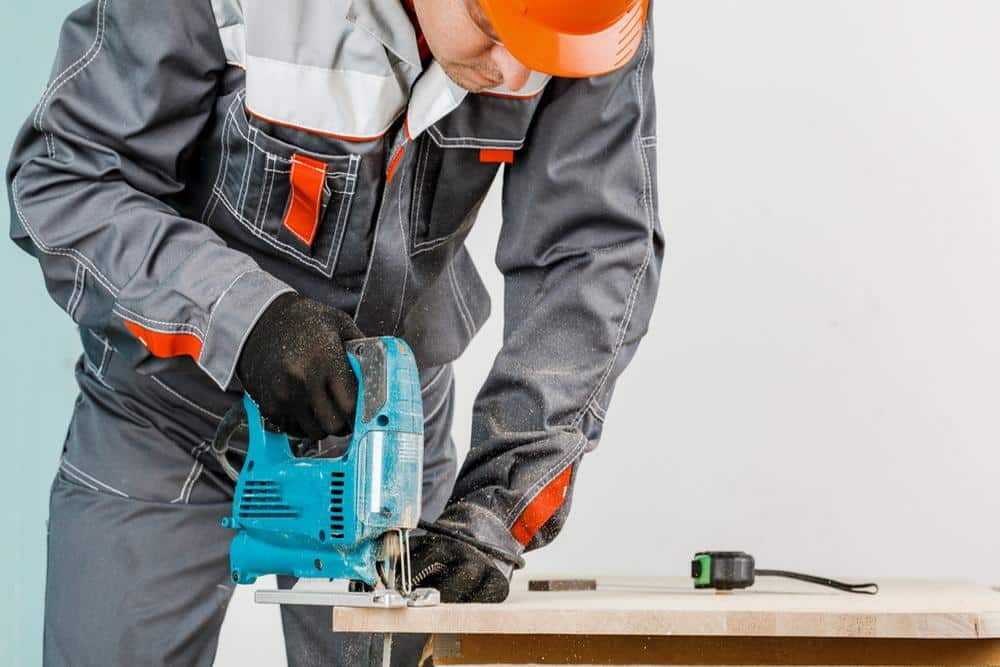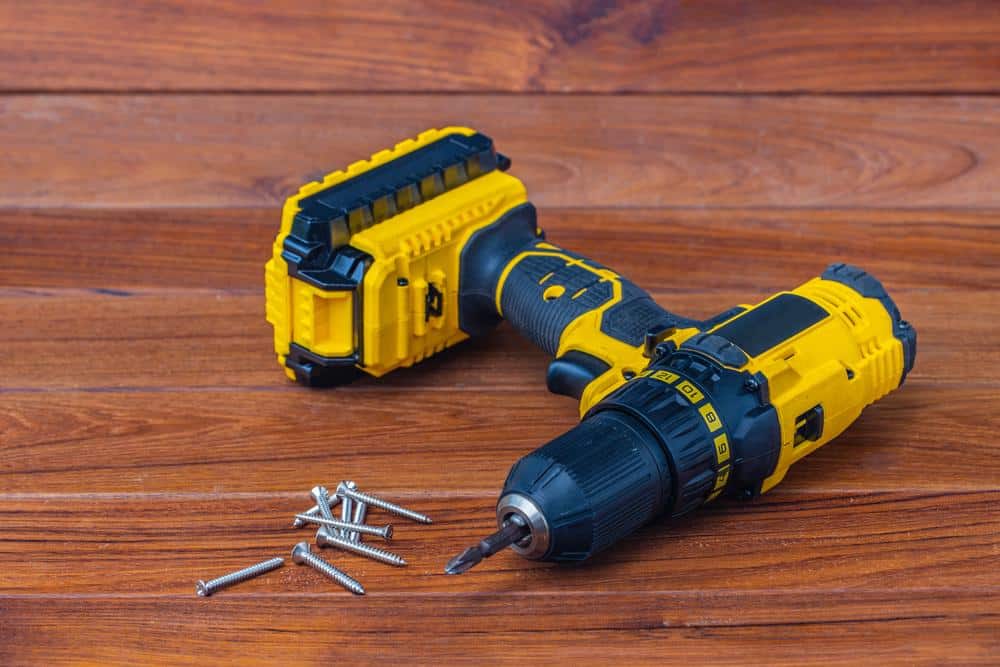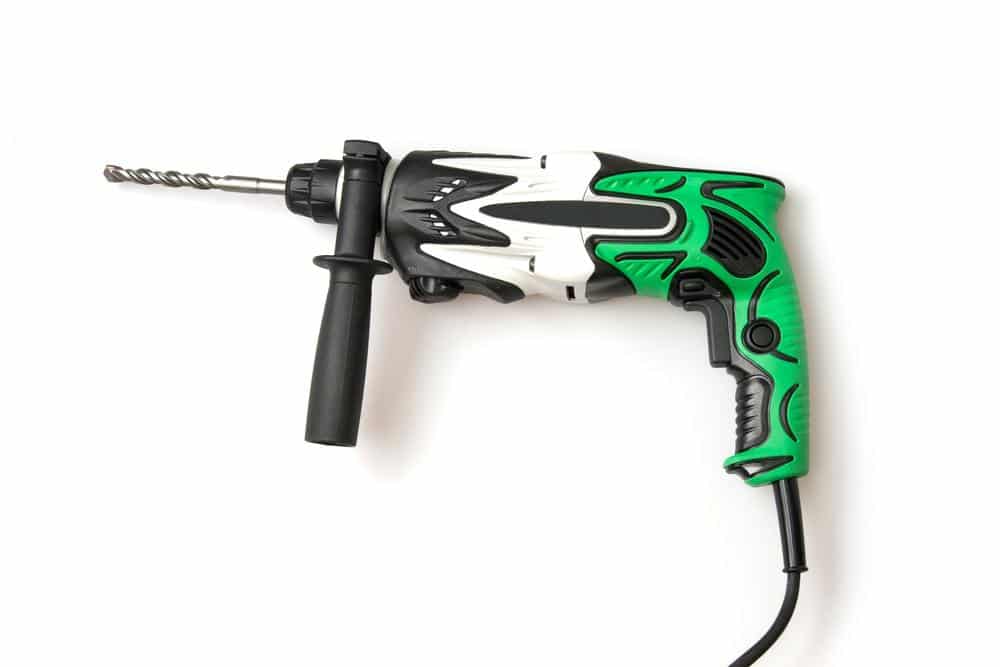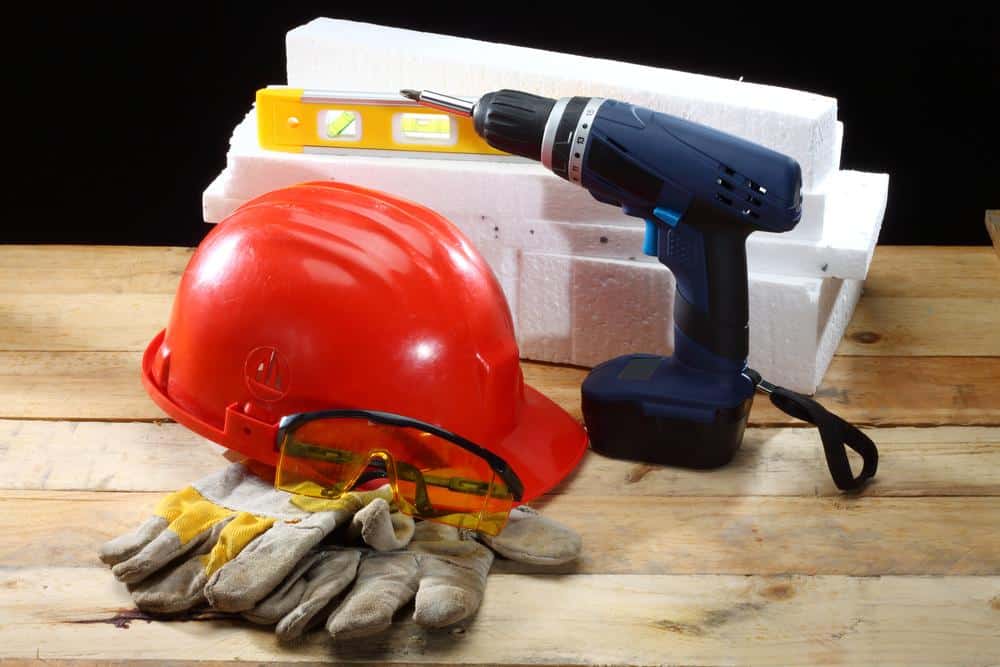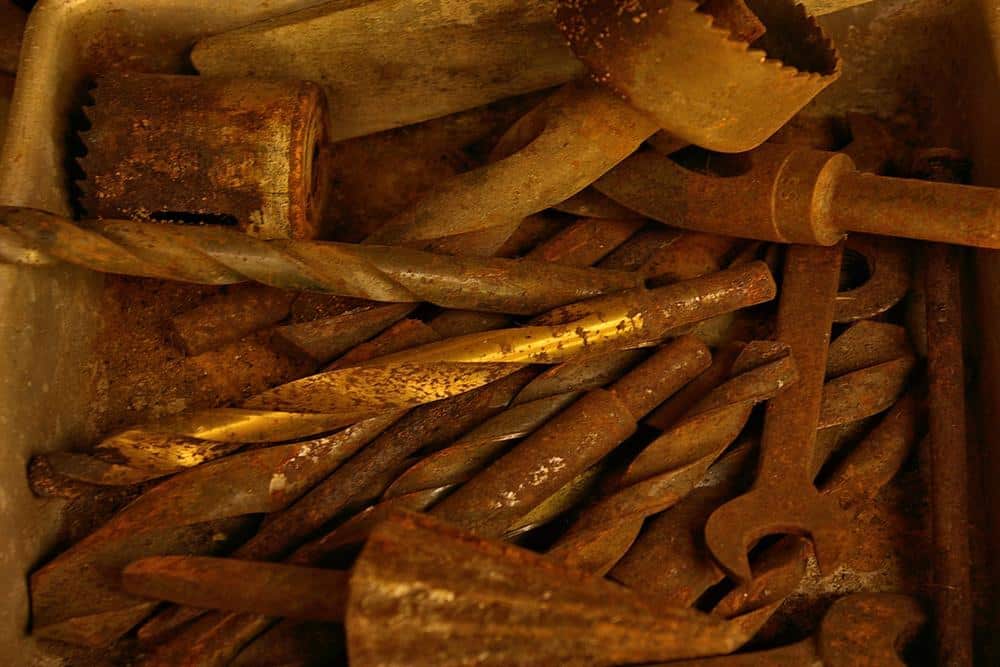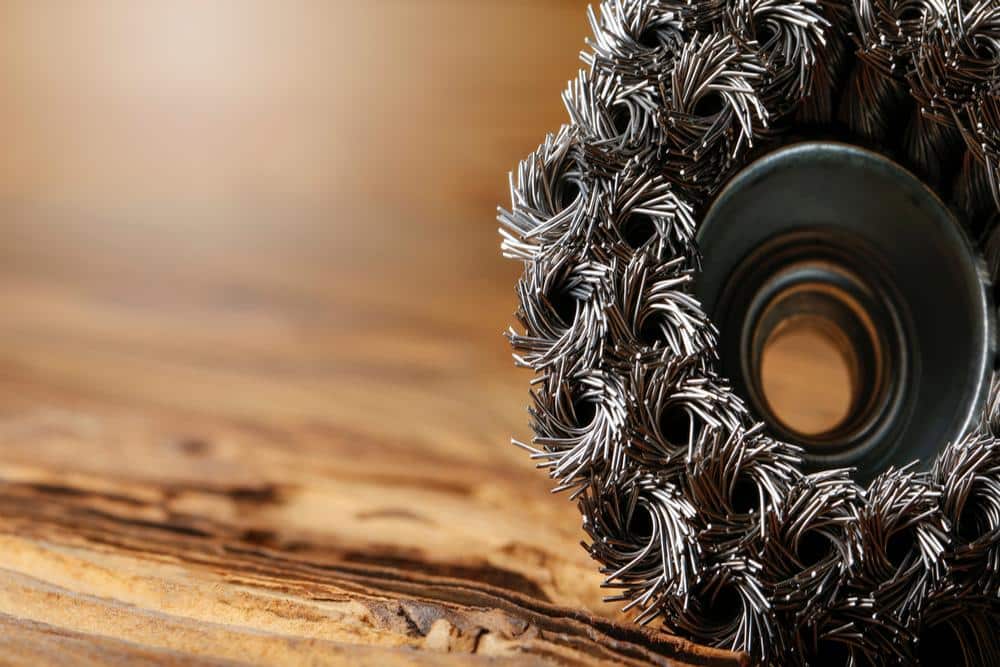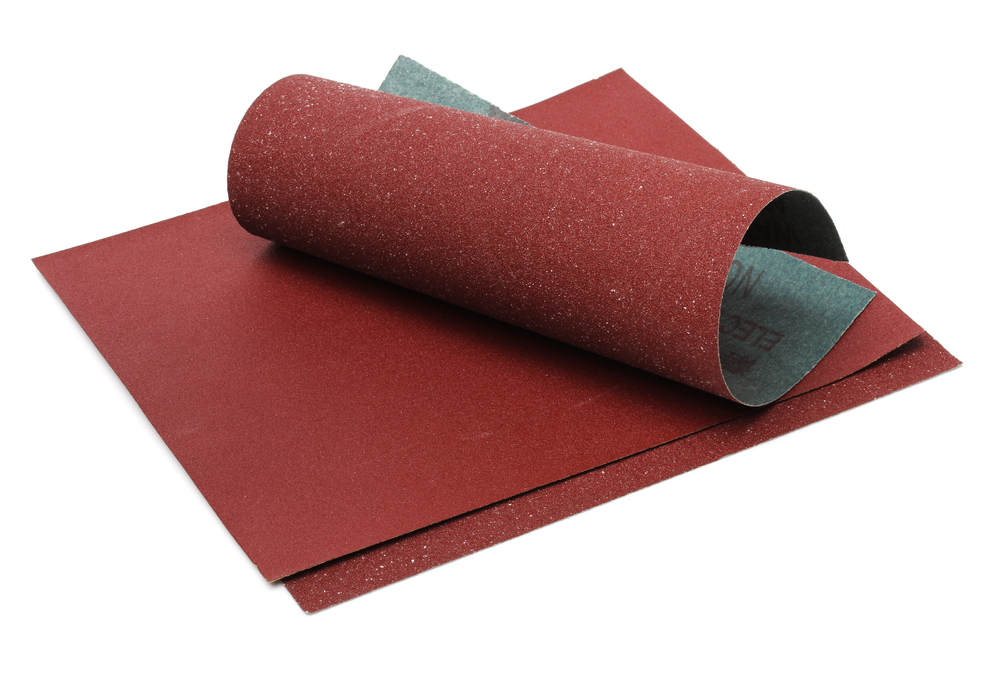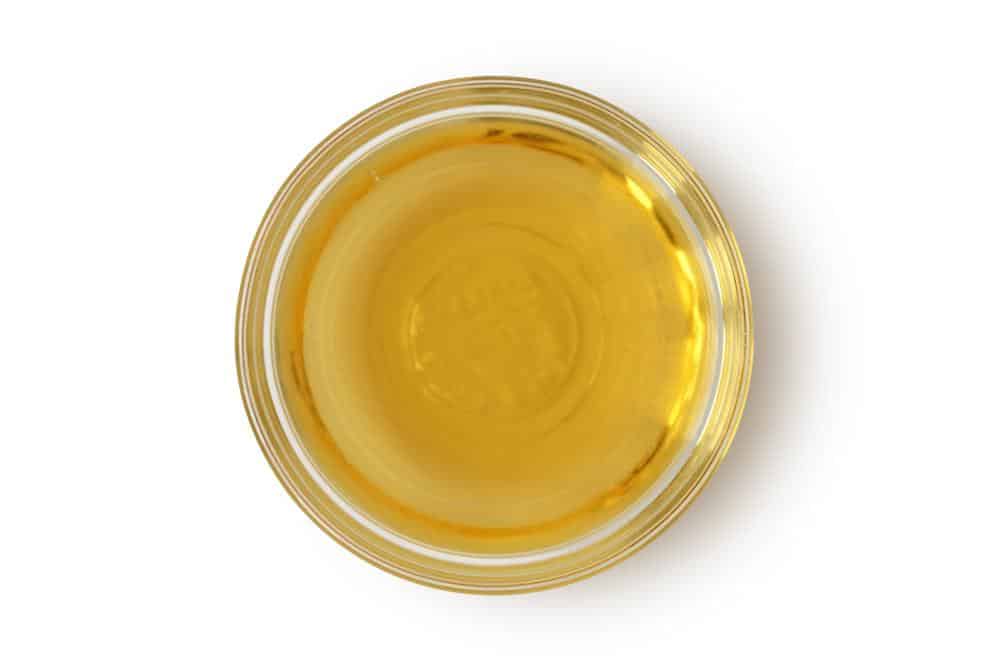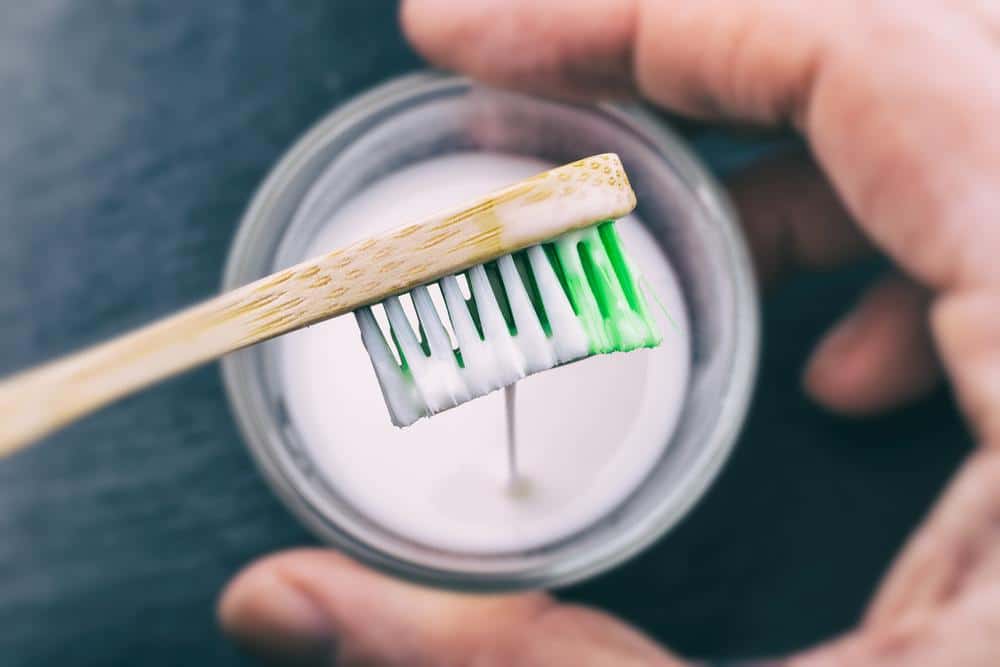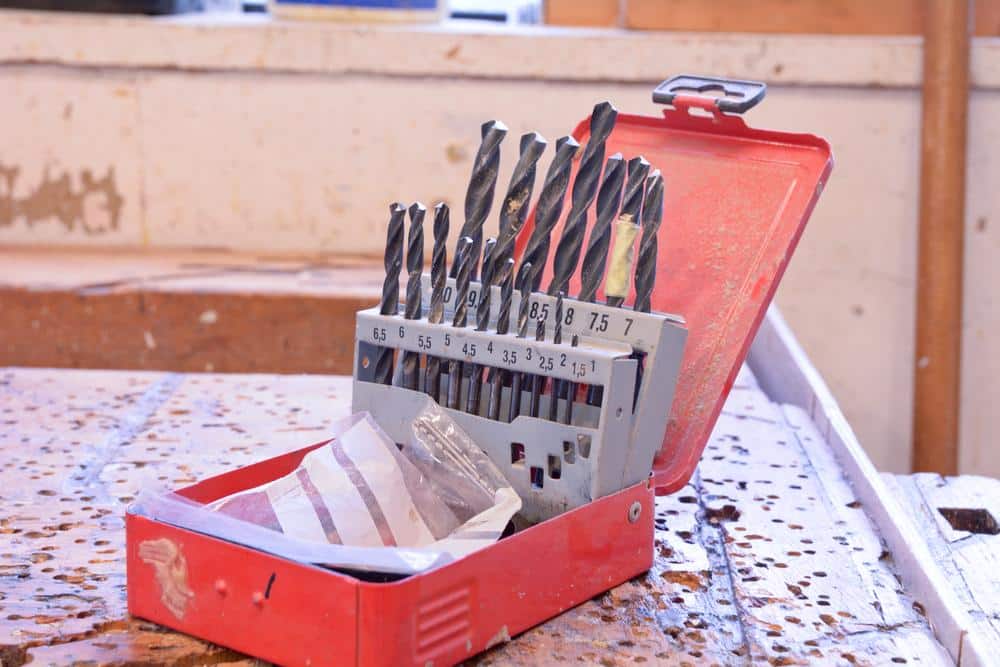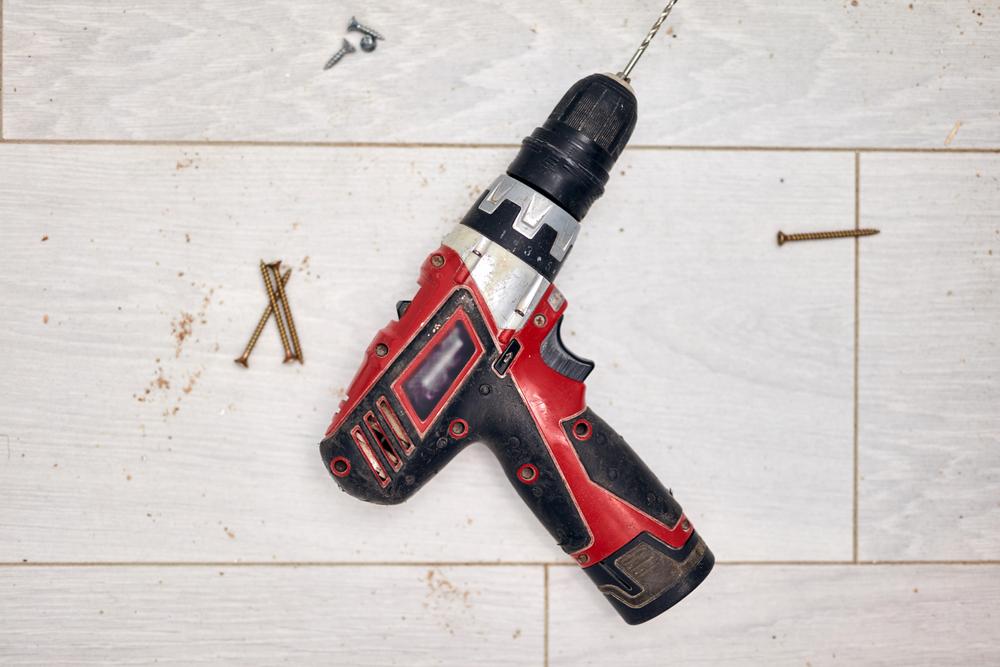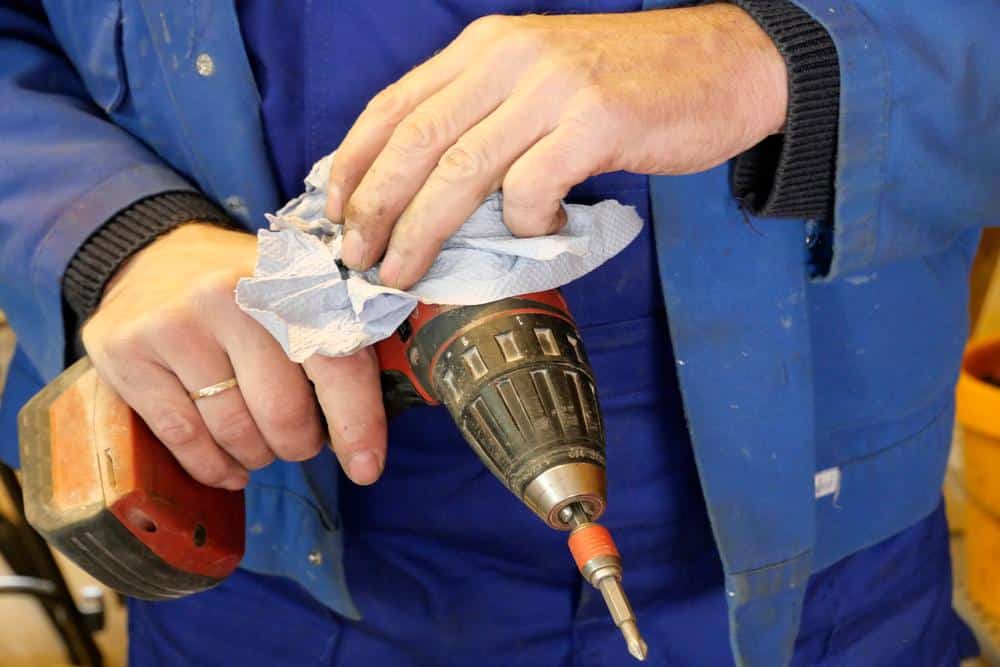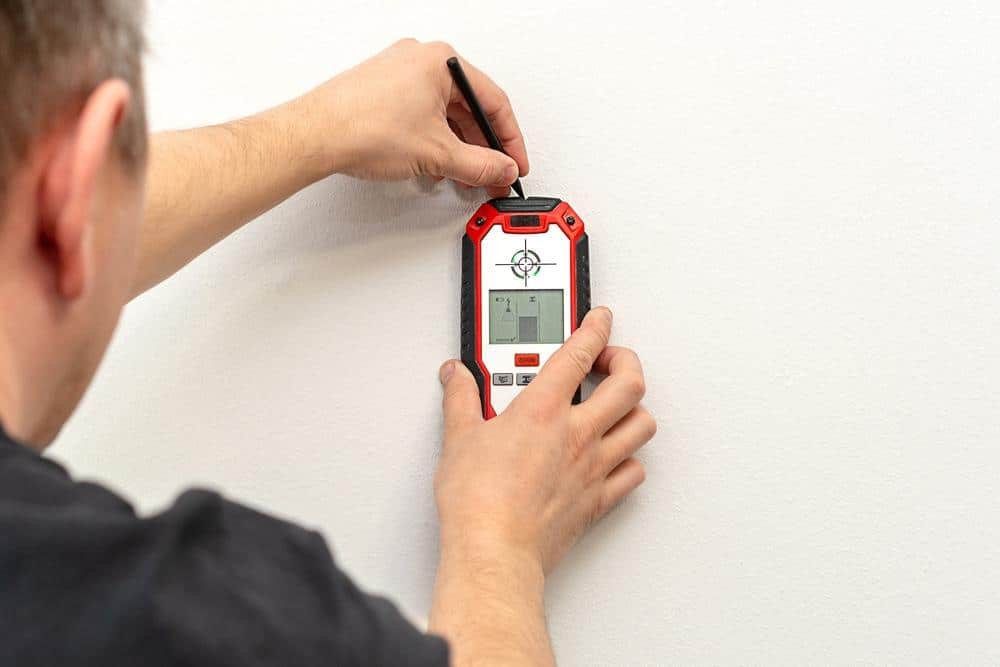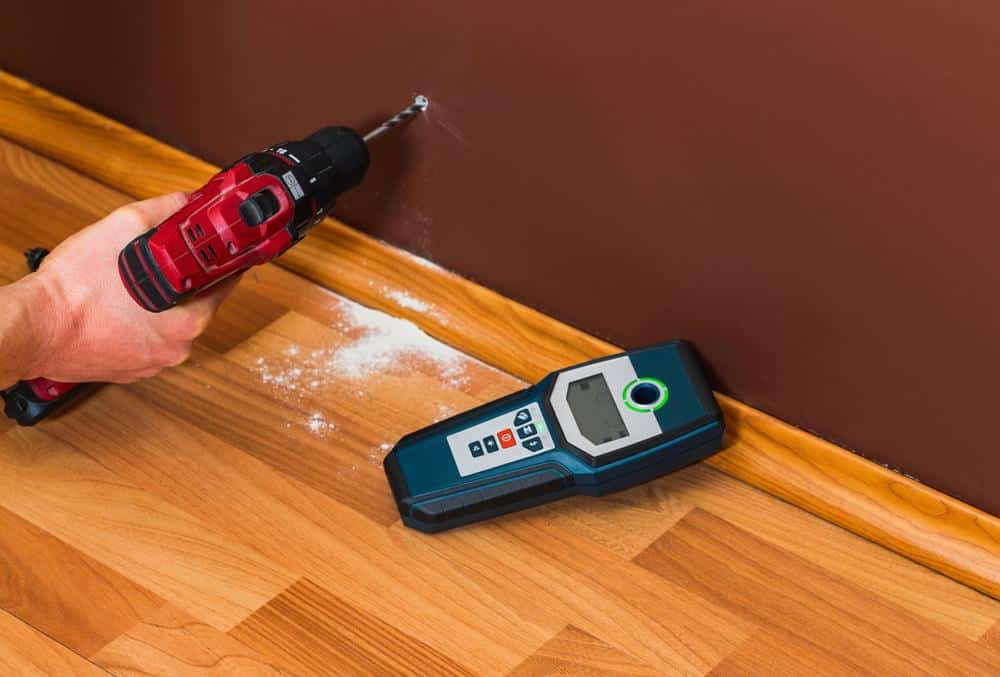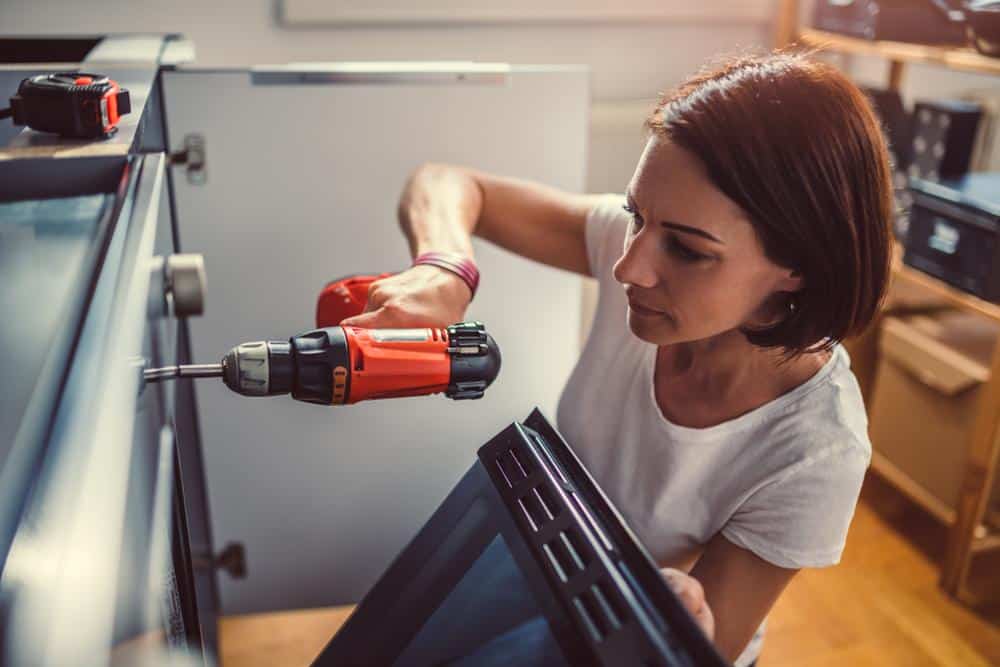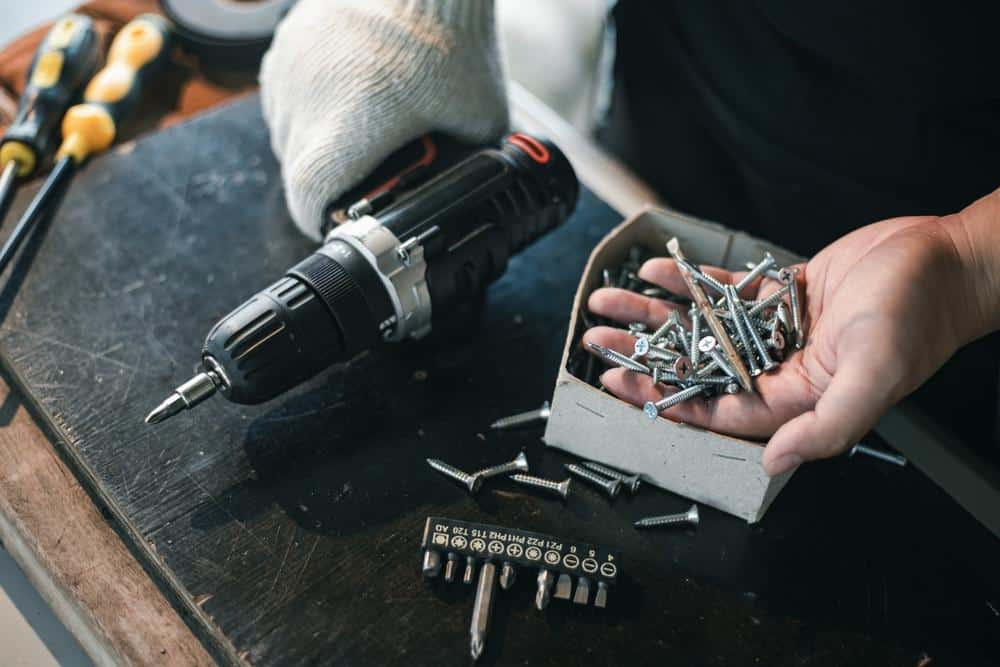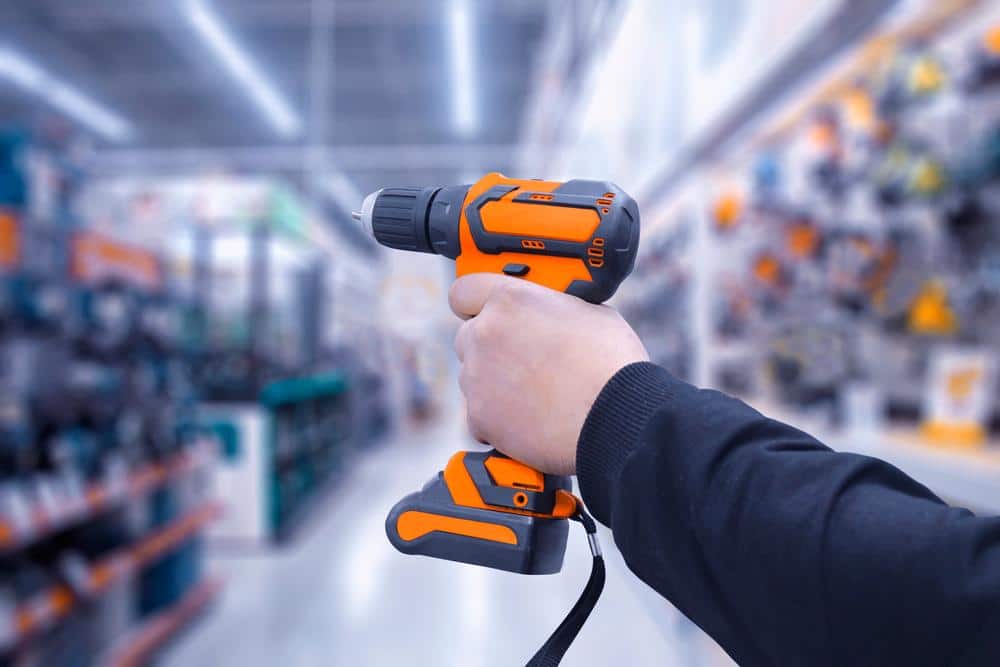Impact wrenches are indispensable tools in many sectors, notably the automotive industry. They are known for their ability to fasten and remove tough nuts and bolts effortlessly. However, regular maintenance is essential for your impact wrench to function optimally, including proper oiling. This guide will show you how to oil impact wrench to ensure its durability and reliable performance.
The Importance of Oiling an Impact Wrench
Oiling an impact wrench aids in preventing the lubricant from drying up, which guarantees smooth operation. Regular oiling helps eliminate moisture, prevents rust, and ensures your tool doesn’t jam.
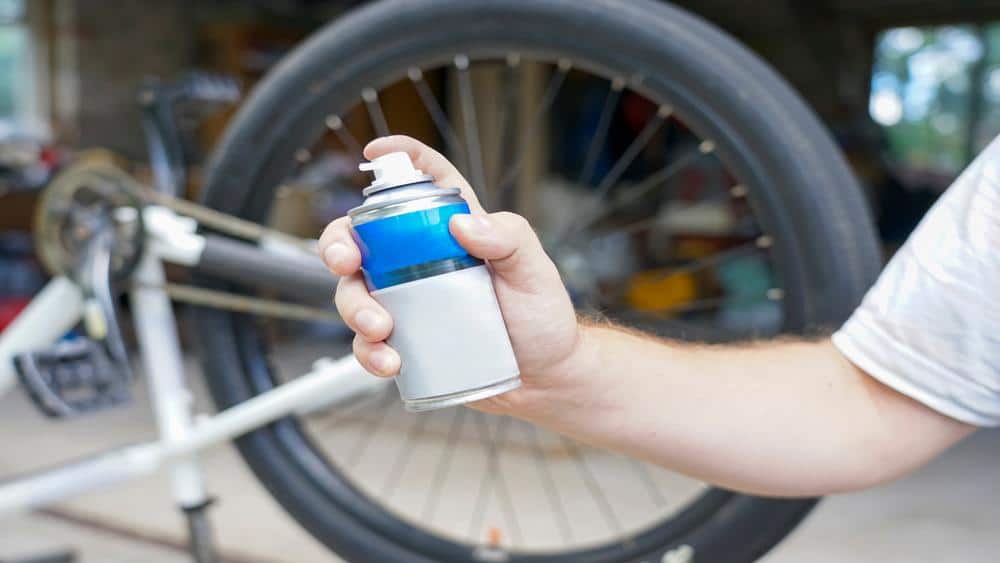
How to Oil Impact Wrench?
Tools and Materials Needed
Before starting the oiling process, you will need the following:
- high-quality air tool oil/grease
- a clean cloth
- a funnel or dropper
- protective gloves
- possibly a syringe for precise application
Disassembling the Impact Wrench
It would be best if you started by disconnecting your impact wrench. Then remove the rubber jacket, backplate, rod, bearing, and air motor. Ensure you carefully handle each part to avoid any potential damage.
How to Disassemble
Each part of the impact wrench should be removed in the following order: rubber jacket, back plating, rod, bearing, and air motor. Remember, the process requires careful handling to avoid losing or damaging components.
Cleaning the Parts
Next, it’s essential to clean each part before oiling. This step will remove any dust, rust, or old lubricant that could inhibit the performance of your tool.
How to Clean
Use a clean cloth to wipe each component, ensuring they are entirely free of dirt and old oil. Take extra care with the smaller parts, as they can be delicate.
Oiling the Impact Wrench
Now comes the crucial part: oiling the impact wrench. This process involves applying the right amount of oil to the tool’s key components.
Step-by-Step Oiling
Locate the oil inlet and add the recommended amount of oil. Use a dropper or syringe for precision. Once the oiling is done, wipe off excess oil with a clean cloth. If you’re greasing, apply a small amount of grease to the hammer mechanism and anvil. Remember to test the wrench after oiling to ensure its smooth operation.
Reassembling the Impact Wrench
Once you’ve finished oiling, it’s time to assemble the parts.
How to Assemble
Reassemble the wrench in reverse order from how you disassembled it. Start with the air motor, then the bearing, the rod, the back plating, and finally, the rubber jacket.

Impact Wrench Maintenance for Longevity
Choosing the Right Lubricants
It’s essential to use high-quality grease designed for air tools. This ensures heat resistance and prolongs the durability of your impact wrench.
Frequency of Oiling
The frequency of oiling depends on factors such as tool type, age, and frequency of use. Regular users are recommended to use oil after every eight hours of use.
Considerations for Oiling
Consider weather conditions and refer to the owner’s manual for specific oil recommendations. Avoid excessive oiling and keep your wrench clean for optimal performance.
If you’re eager to learn more about Impact Wrench Maintenance, don’t miss our other article, “Maintenance Tips for Air Impact Wrench: Longevity Secrets!” Dive deeper into expert strategies and secrets that can enhance the lifespan of your tool.
FAQ (Frequently Asked Questions)
Where do you put oil in an impact wrench?
Oil is generally added to an impact wrench through the oil inlet. First, prepare your workspace and disconnect the air supply. Then, locate the oil inlet on your wrench, usually found in the tool’s base. Once located, carefully add the oil using a funnel or dropper. After oiling, wipe off any excess oil and reconnect the air supply.
What kind of oil do you use in an impact wrench?
It’s recommended to use high-quality air tool oil or grease for oiling an impact wrench. These are designed for air tools like impact wrenches and can provide optimal lubrication, ensuring smooth operation and extended lifespan. The choice between oil or grease may depend on the specific wrench, so it’s essential to consult the owner’s manual for any particular recommendations.
How much oil do I put in my impact wrench?
The amount of oil to add to your impact wrench can depend on several factors, including the specific model of your tool and how frequently it is used. Adding a few drops of oil daily or a larger quantity monthly can be beneficial. However, remember to avoid over-oiling, as this can lead to issues such as leaks or reduced tool performance. Again, consulting your owner’s manual can provide more precise instructions.
How often do you oil an air impact wrench?
The frequency of oiling an air impact wrench depends on the tool’s usage, age, and performance. Generally, it is recommended to oil your wrench daily or monthly, depending on how regularly you use it. Regular oiling can prevent jamming, ensure optimal functionality, and protect the tool against rust and moisture. More frequent oiling might be necessary for continuous or heavy-duty use.
How many drops of air tool oil to use?
Typically, a few drops of air tool oil are sufficient for the daily oiling of your impact wrench. This can keep the tool well-lubricated and functioning optimally. However, adjust this amount depending on the specific tool, its usage frequency, and the manufacturer’s recommendations. Over-oiling can be as detrimental as under-oiling, so finding a balance that works best for your tool is essential.
Can I use engine oil for air tools?
While using readily available engine oil for your air tools might be tempting, it’s generally not recommended. Engine oil is typically thicker than air tool oil, which can result in suboptimal lubrication and potential jamming. Air tool oil is specially formulated to provide air tools with the proper viscosity and lubrication. It also often includes additives to prevent rust and reduce wear. Therefore, it’s best to use high-quality air tool oil or grease for oiling your impact wrench.
Conclusion
In conclusion, regular oiling is a necessary maintenance procedure that guarantees your impact wrench’s optimal performance and prolonged lifespan. This guide provides a comprehensive step-by-step process of oiling your tool. With the correct tools and a little patience, you can maximize the lifespan and performance of your impact wrench.
